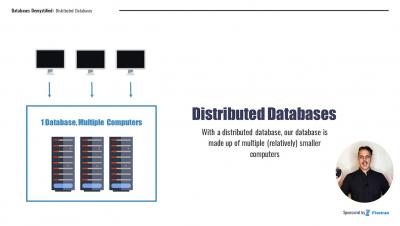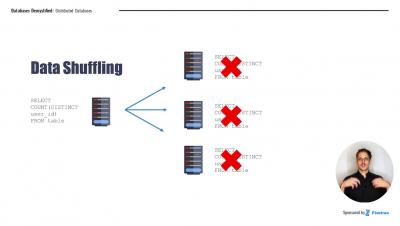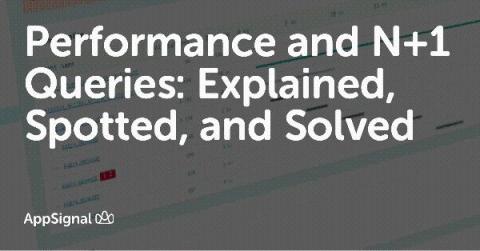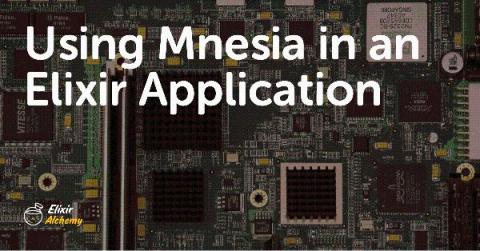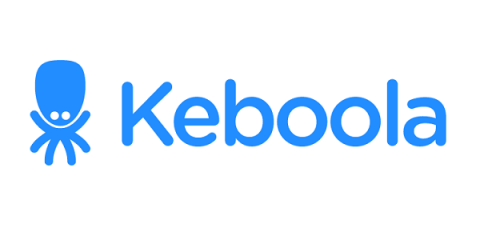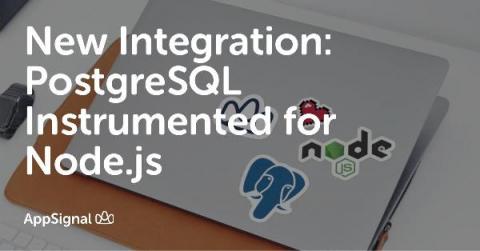Systems | Development | Analytics | API | Testing
Databases
Databases Demystified Lesson 6: Distributed Databases Part 1
Databases Demystified: Lesson 7: Distributed Databases Part 2
Databases Demystified Lesson 3: Row vs Column Store
Performance and N+1 Queries: Explained, Spotted, and Solved
Today, we’ll dive into N+1 queries—what they are, how to spot them, why they have such an impact, and how to solve them.
Operational Database NoSQL and Related Capabilities
This blog post is part of a series on Cloudera’s Operational Database (OpDB) in CDP. Each post goes into more details about new features and capabilities. Start from the beginning of the series with, Operational Database in CDP. This blog post gives you an overview of the NoSQL, component integration, and object store support capabilities of OpDB.
Using Mnesia in an Elixir Application
In today’s post, we’ll learn about Mnesia, see when you would use such a tool, and take a look at some of the pros and cons of using it. After covering the fundamentals of Mnesia, we’ll dive right into a sample application where we’ll build an Elixir application that uses Mnesia as its database. Let’s jump right in!
PostgreSQL vs MySQL: Which one should you choose?
Bonus Material: PostgreSQL vs MySQL complete comparison table PostgreSQL (or Postgres) and MySQL are both relational database management systems (RDBMS for short). They are complex technological inventions designed to simplify your data operations across a wide variety of business use cases. The “relational” part of the name refers to the way in which they structure data as relations between rows and columns.
New Integration: PostgreSQL Instrumented for Node.js
Today’s release of Node.js integration supports PostgreSQL as well as all the consumers of the pg library.
Happy Birthday Apache HBase! 10 years of resilience, stability, and performance
Apache HBase became a top-level project with Apache 10 years ago and Cloudera began contributing to it at the same time (2010). Over this time, it has become one of the largest and most popular open-source tools in big data and one of the most popular NoSQL databases.



